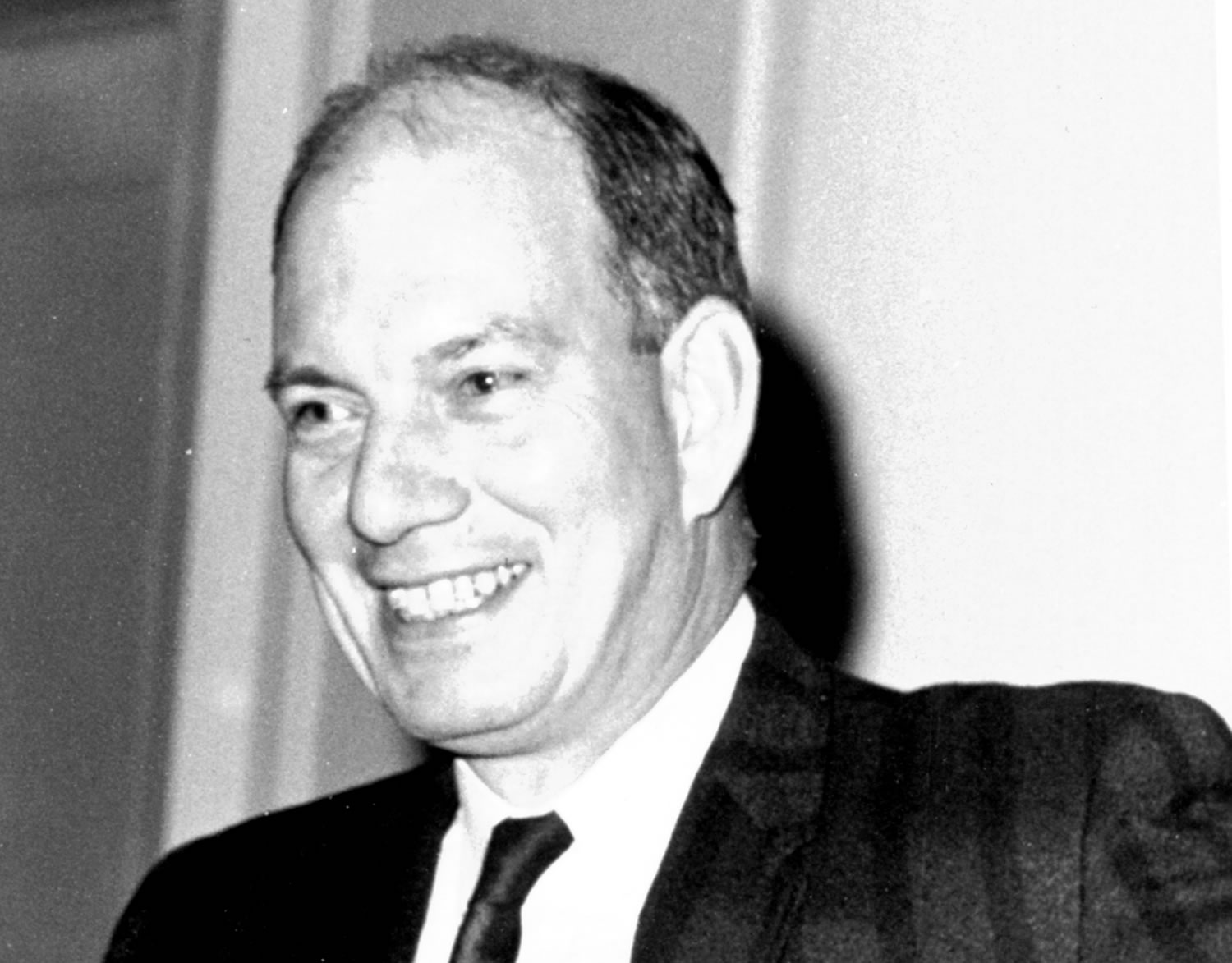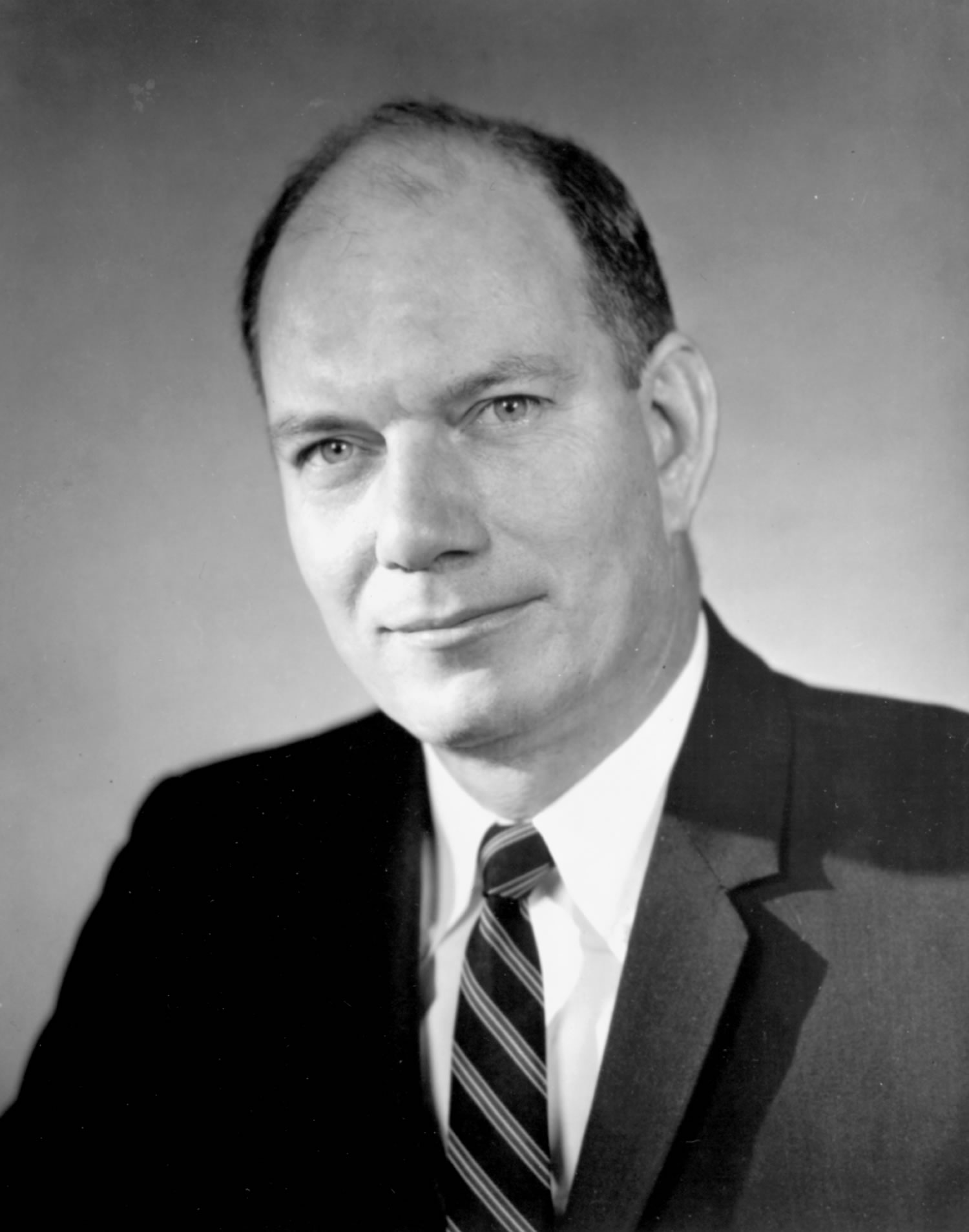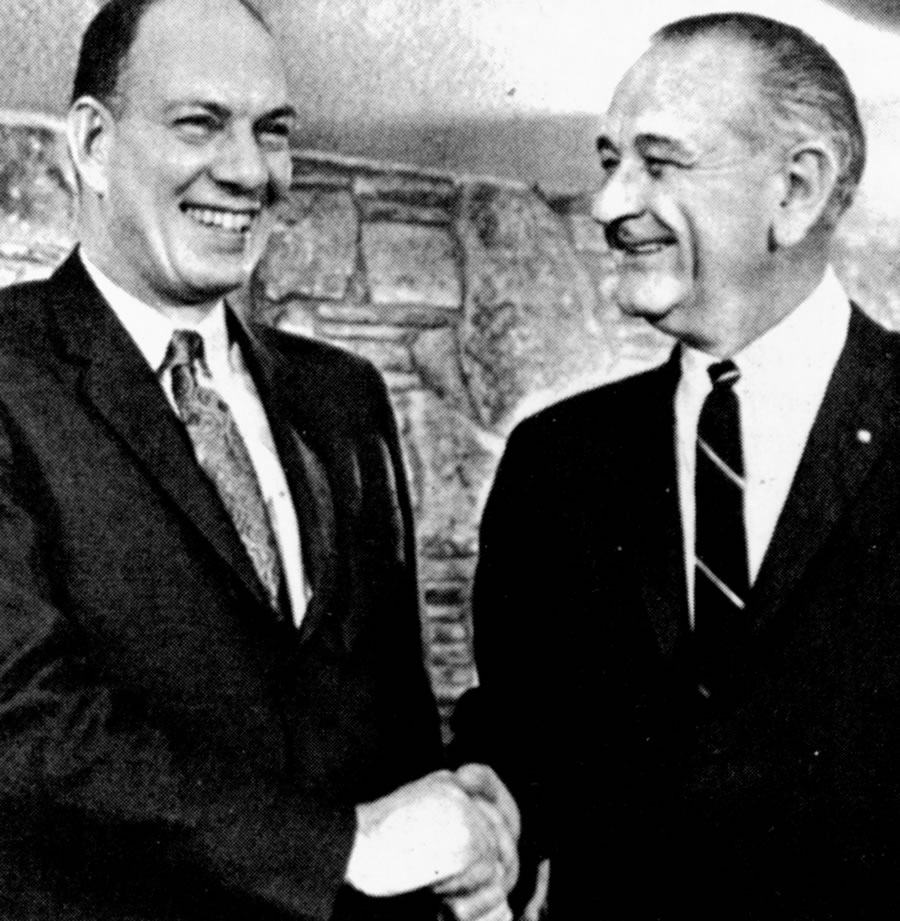In Memoriam: Alan S. Boyd
The First Secretary of Transportation


Alan S. Boyd 1922 - 2020
On October 18, 2020, the Nation’s first Secretary of Transportation, Alan S. Boyd, passed away in Seattle at the age of 98.
Boyd, who was born in Jacksonville, Florida, on July 20, 1922, received a law degree from the University in 1948. After practicing law in Miami for several years, he served as general counsel of the Florida Turnpike Authority and chairman of the Florida Railroad and Public Utilities Commission before President Dwight D. Eisenhower appointed him in 1959 to the Civil Aeronautics Board, where Boyd became chairman in 1961. In 1965, President Lyndon B. Johnson appointed Boyd to the position of Under Secretary for Transportation in the Commerce Department. Read sidebar...
The idea of a Department of Transportation (DOT) has a long history, but President Johnson made it a reality in 1966. To be the chief public advocate for the idea, he selected Boyd, then 44 years old. As chief advocate, Boyd promoted the proposal with industry groups, the press, and especially on Capitol Hill. President Johnson signed the Department of Transportation Act on October 15, 1966. The new DOT would bring together 31 agencies and bureaus, including the Commerce Department’s Bureau of Public Roads (BPR), which had by far the largest budget ($4.4 billion) in a DOT with an initial total budget of $6.6 billion.
On November 6, 1966, President Johnson announced that he would nominate Boyd to be Secretary of Transportation. During the swearing in ceremony on January 16, 1967, President Johnson said, “We looked at business, we looked at labor, we looked at public officials, we looked at State commissions, and so forth. And the one and only name that came up was Alan Boyd.” The President explained that Boyd would “coordinate a national transportation policy for this great land of ours . . . and give the kind of results that the American people would like to point to with pride.”

With President Johnson looking on in the East Room of the White House, Judge James Randall Durfee (left) administered the oath of office to Secretary Alan S. Boyd on January 16, 1967. The Secretary's wife Flavil holds the Bible.
(Photo by Yoichi R. Okamoto, LBJ Library Collection, in DOT photo collection)
DOT opened its doors on April 1, 1967, the same day that FHWA began operations incorporating BPR to run the Federal-aid highway program, plus three safety bureaus. During a news conference, Secretary Boyd pledged that DOT would work to make transportation more efficient and more socially responsible. In a remark that seemed directed at the controversial impacts of the urban Interstate highways, he added, “We want an end to the noise, pollution, and general disfigurement transportation has unintentionally brought to our cities.”
In 1988, John L. Hazard wrote in Managing National Transportation Policy that Secretary Boyd set broad policy goals: improved economic efficiency in transportation, including regulation of common carriers to maintain competitive balance; optimal use of environmental resources; greater safety for persons and property; and support for other national interests, specifically defense. He established the rules for working relations between the Office of the Secretary and DOT’s Modal Administrations, but ran into difficulty, especially with agencies that had a long history and strong independent support in Congress. Hazard wrote that OST “would be in constant battle with the Federal Highway Administration and would encounter difficulties with the Federal Aviation Administration, which had been opposed to coming into DOT.” Many of those battles with FHWA concerned the plans for urban Interstate freeways. In a 2001 interview with urban historian Zachary Schrag, Boyd explained that he was “not anti-highway,” but disagreed with highway advocates who thought that “God’s greatest gift to America was concrete.”
In addition to quoting the Schrag interview, The Washington Post’s obituary summarized Boyd’s time as Secretary. “Mr. Boyd focused on issues ranging from auto safety and driver education to air-traffic control and highway beautification. He also spearheaded two major policy proposals that were later adopted by the Nixon administration: the creation of an aviation trust fund for airport and airway spending, and an increased federal commitment to mass transit.” Under road safety legislation President Johnson signed in 1966, DOT through FHWA began issuing automobile regulations, such as requiring new automobiles to have protective head restraints to reduce whiplash injuries and eliminating fixed stand-up hood ornaments. These and later regulations, which continued under NHTSA when that agency moved from FHWA in 1970, as well as auto industry initiatives have had a continuing major impact on highway safety.
One of the tasks Secretary Boyd took on was to promote the creation of State departments of transportation. Secretary Boyd and his staff visited Governors and State legislators to encourage them to create counterparts aligned with the new U.S. Department. Today, every State has a transportation department – from the first, the New Jersey (1966), to the last, Nebraska (2017).
One of Washington’s unwritten rules is that a new Department needs 5 years to settle in. Secretary Boyd didn’t have that luxury. On March 31, 1968, President Johnson announced he would not seek reelection. In November, the people chose Richard M. Nixon to be the next President. Boyd and DOT’s other political appointees would be leaving office after less than 2 years. Nevertheless, Hazard wrote that Boyd’s chief contribution was establishment of a well-conceived structure, properly staffed and ready to respond to further active leadership.
After leaving office, Boyd thought about other government service or seeking a Senate seat from Florida, but wrote in his 2016 autobiography, A Great Honor: My Life Shaping 20th Century Transportation:
Working in the government, I had done many interesting things and met a lot of wonderful people. I believed it was noble work and that I had helped to better my country. I enjoyed being part of the White House and Washington inner circles, with perks like flying on Air Force One and attending state dinners. In spite of the positives, working in Washington was trying and demanding . . . . After ten years, I was tired.
In later years, Boyd was president of the Illinois Central Railroad, was President Jimmy Carter’s chief negotiator for an aviation agreement with Britain, was the third president of Amtrak (1978-1982), and chaired the North American offices of Airbus, the European aircraft manufacturer.
On May 3, 2010, former Secretary Boyd visited FHWA’s Division Office in Olympia, Washington, to meet current and former employees. He discussed the origins of DOT, the reasons behind development of the environmental review process, and the impact of highways on people, especially low income individuals and people of color. He recalled several freeway controversies, including how urban freeways sometimes were like “a great wall of China” dividing neighborhoods. An article in the Spring 2010 issue of FHWA News about the visit concluded, “It was an honor to have former Secretary Boyd visit our office, and the Division staff and retirees enjoyed meeting such a significant witness to and player in transportation in general and DOT’s history in specific.”
On February 3, 2016, Secretary of Transportation Anthony R. Foxx kicked off DOT’s 50th anniversary celebration in DOT Headquarters. Six of his 16 predecessors joined Secretary Foxx: James H. Burnley IV (1987-1989); Samuel K. Skinner (1989-1991); Rodney E. Slater (1997-2001); Norman Y. Mineta (2001-2006); Mary E. Peters (2006-2009); and, coming onto the stage last, 93-year old Secretary Boyd, who received a standing ovation from the large crowd of officials, including his successors, and guests in the atrium.
Secretary Boyd’s wife Flavil Townsend died in 2007; they had married in 1943. He is survived by their son Mark, two grandchildren, and a great-grandchild.
His autobiography ended with a look back on his life:
I have lived ninety-three wonderful years. My life has spanned most of the twentieth century and has carried me well into the start of the twenty-first. I’ve seen a lot of change, and I’ve created some of it. Inside, I remain essentially that curious boy who wants to learn new things, wants to make the world better, and looks forward to meeting new friends. I have encounters a few thorns along the way, but mostly, my life has been a bed of roses.
Sidebar

While staying at his Texas ranch on November 6, 1966, President Johnson announced that he would nominate Under Secretary Boyd of the Commerce Department to be the first Secretary of Transportation. This photograph was taken at the time. Boyd, in his autobiography, recalled that moment, which occurred on a Sunday, after the President returned from church:
Flavil and I were in our room upstairs when I heard Johnson yelling, “Alan! Alan! Where’s Alan? Alan, come here!”
I went downstairs. The president asked me to come into the library. He closed the door. Without preamble he declared, “I want you to be my secretary of transportation.”
“Mr. President, this is the greatest honor I’ve ever had, and I certainly want to do it,” I replied. “I have one condition: if I am the secretary of transportation, you will make no transportation decisions without me being involved.” .
He agreed. We shook hands. And he was, as ever, true to his word.

